8 Astonishing Cars From Volkswagen Museum
Most visitors to Wolfsburg, Germany, will see the fantastic car museum at the Autostadt, but relatively few will take the two-minute drive to one of the country’s hidden gems, the Volkswagen AutoMuseum.
Khodrocar - From the outside, the Stiftung AutoMuseum Volkswagen may not look like much, especially compared to the glitz and glamour of the Autostadt, but if you’re a die-hard Volkswagen fan, the museum is a must-see—and at €6 ($7) for admission, it’s ridiculously cheap.
During a recent trip to Wolfsburg, Automobile took a tour of the Volkswagen AutoMuseum. We can’t show you everything we saw—and we wouldn’t want to spoil the surprises—but here are some of the cooler vehicles you’ll find there.
1943 Volkswagen Brezel Käfer

No surprise that the museum has a decent-sized collection of Beetles, which are known as Käfers in Germany. This 1943 Brezel Käfer—"Pretzel Beetle,” nicknamed for the shape of its split rear window—is the oldest in the museum, and a rare example of a wartime-era KdF-Wagen.
1978 Volkswagen Type 1—The Last German-Built Beetle
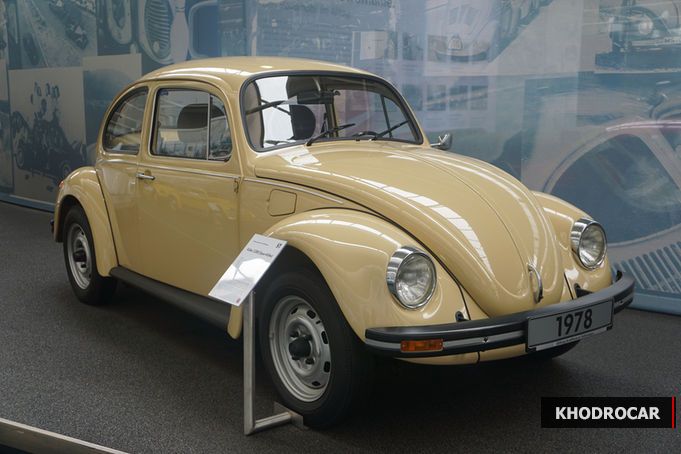
This was the very last Volkswagen Beetle to be built in Germany, rolling off the assembly line on January 19th, 1978. The AutoMuseum is also home to the 20 millionth Volkswagen Beetle, a limited-edition 1981 Silver Bug built in Mexico.
1963 Volkswagen EA128 Prototype
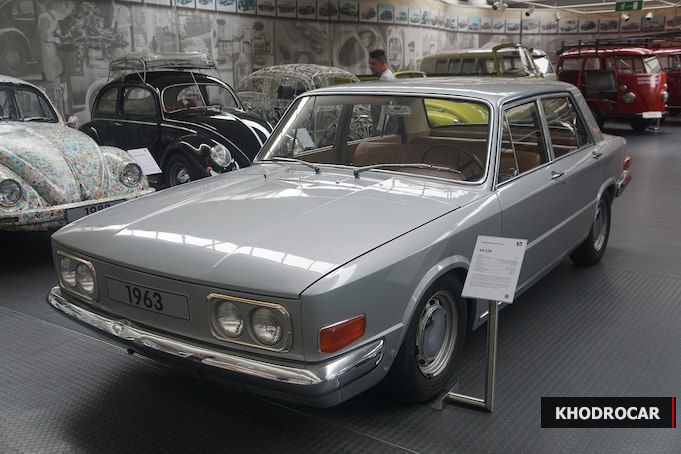
The AutoMuseum is home to several VW prototypes, most labeled EA for entwicklungsauftrag, which means development contract. The 1963 EA128 was Volkswagen’s vision for a large luxury car. Its three-place front bench allows it to seat six, albeit somewhat intimately. Six is also the cylinder count—the EA128’s 2.0 liter air-cooled horizontally-opposed engine was borrowed from the Porsche 911, which also made its debut in 1963.
1949 Volkswagen T1 Prorotype
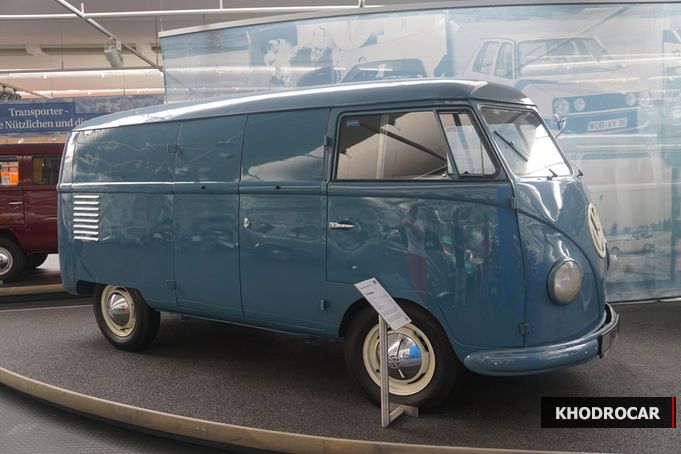
Perhaps the most famous prototype in the AutoMuseum is the T1, prototype for the Type 2 Transporter. Dutch Volkswagen importer Ben Pon is credited with the idea for, and first sketch of, a Volkswagen-based van, and this is the prototype that was revealed to the press on November 11th, 1949.
1976 Rovomobil
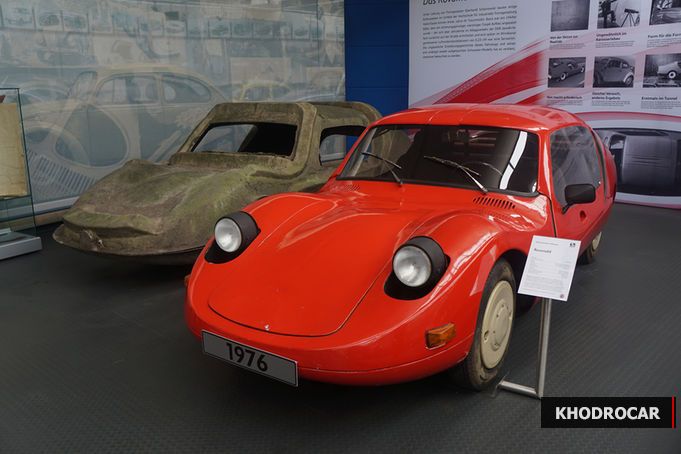
The AutoMuseum is home to several Volkswagen-based oddities including this East German creation, the 1976 Rovomobil. Based on a Volkswagen chassis, it has a fiberglass body with a drag coefficient of just 0.23, an impressive number even by today’s standards. The Rovomobil was never put into production and only two examples are known to exist. The AutoMuseum has the original car as well as the mold for the body.
Volkswagen military vehicles

The AutoMuseum doesn’t gloss over Volkswagen’s World War II roots. The collection includes an amphibious Type 186 Shwimmwagen (left) and a Type 82 Kübelwagon (right). Between them is a Type 87 Kommanderswagon, a four-wheel-drive version of the Beetle. Though most were built during the war, the museum’s Kommanderswagon is one of two assembled in 1946.
Volkswagen Golfs
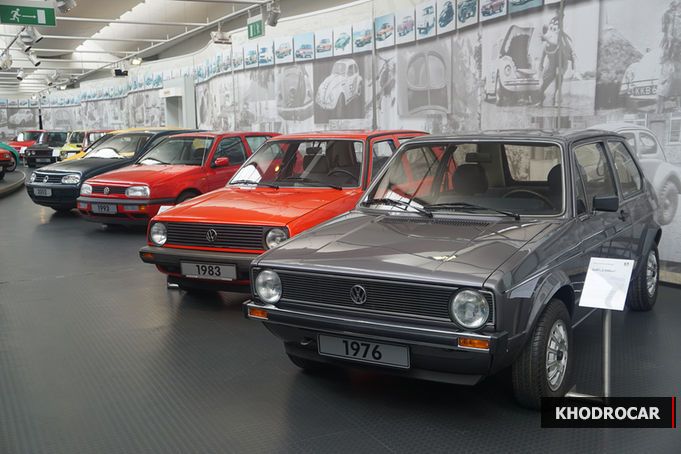
Lest you think only air-cooled Volkswagens are represented, there are also plenty of modern vehicles. Here we see a neat line-up of the first through fourth generation Golfs, with GTIs parked just beyond them.
Volkswagen do Brasil PS2 and Puma
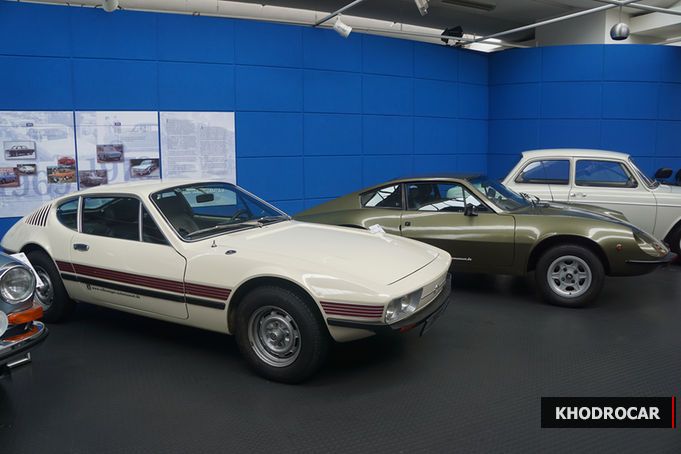
Volkswagen of Brazil is almost a world unto itself. Thanks to high import tariffs, Brazil is home to several home-grown Volkswagen models not sold (and rarely seen) elsewhere in the world. The white car is a Volkswagen SP2 (pronounced "Espeedios”), and it featured a 1.7 liter air-cooled Boxer out back. Next to it is its chief rival, the Puma GT, which used the 1500-cc drivetrain from the Volkswagen Karmann-Ghia.
Source: automobilemag.com
Latest News


